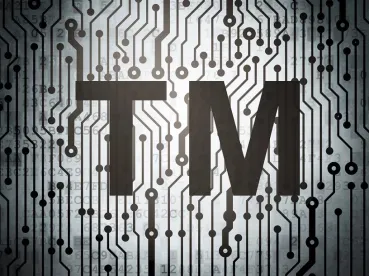Have you chosen a brand only to learn months later that the U.S. Patent and Trademark Office is refusing to register it due to someone else’s prior trademark registration or pending application? The USPTO’s most recent Q4 2022 data indicates that it takes 8 months or more for a trademark application to be reviewed—and ideally approved—by an examiner. Given that prolonged timeline, any issues with the application, such as a similar third-party mark that could prevent your own registration, may not surface until you or your company has already invested heavily in the mark.
This raises the question: what can be done for brands eager to launch but that want some measure of comfort that their trademark will be valid?
The answer: Searching.
Trademark searches take two primary forms:
1) Preliminary searches, and
2) “Full clearance” searches.
A preliminary search involves an efficient legal team using software to search the federal and state databases and flag what may be an identical or highly similar term registered for similar goods and services. Another issue might be finding that many other parties include your proposed mark in their own and disclaimed exclusive rights to it, indicating that the term might be descriptive and not registrable. These high level searches are narrow and best done with a few marks before committing to one, and are an essential step to preventing clearance issues down the road or ruling out obviously conflicting marks.
However, preliminary searches only tell part of the story. In the United States, for instance, owners of a trademark can accrue rights in a mark simply by using it in commerce, whether or not the mark is properly registered. These owners could challenge use and registration of a mark.
Enter full clearance searches. With a full clearance search, a brand owner can obtain an analysis of common law and Internet uses of the mark, in addition to and in the context of federal and state records. This provides a much broader context for the trademark and enhances a proposed registrant’s ability to identify potential issues with use and registration. Various types of full clearance searches for specialty areas, such as alcohol or pharmaceuticals, are also available to obtain records of key third party rights’ holders.
Of course, any search has its limitations and there are different types of searches depending on goals, logo design, industry and timeframe. Searches are valid only for federal trademark applications filed or published through a particular date, and even full clearance searches may not cover every conceivable common law use. Additionally, relevant applications filed under the Paris Convention based on priority to a foreign application with an earlier filing date may not appear in a search.
Nonetheless, although possible that certain issues may evade detection, a search provides an idea of what you may encounter when the USPTO does review your application. Simply put, searching is the best, if not the only, way to protect yourself at the outset of the trademark application process.




 />i
/>i

